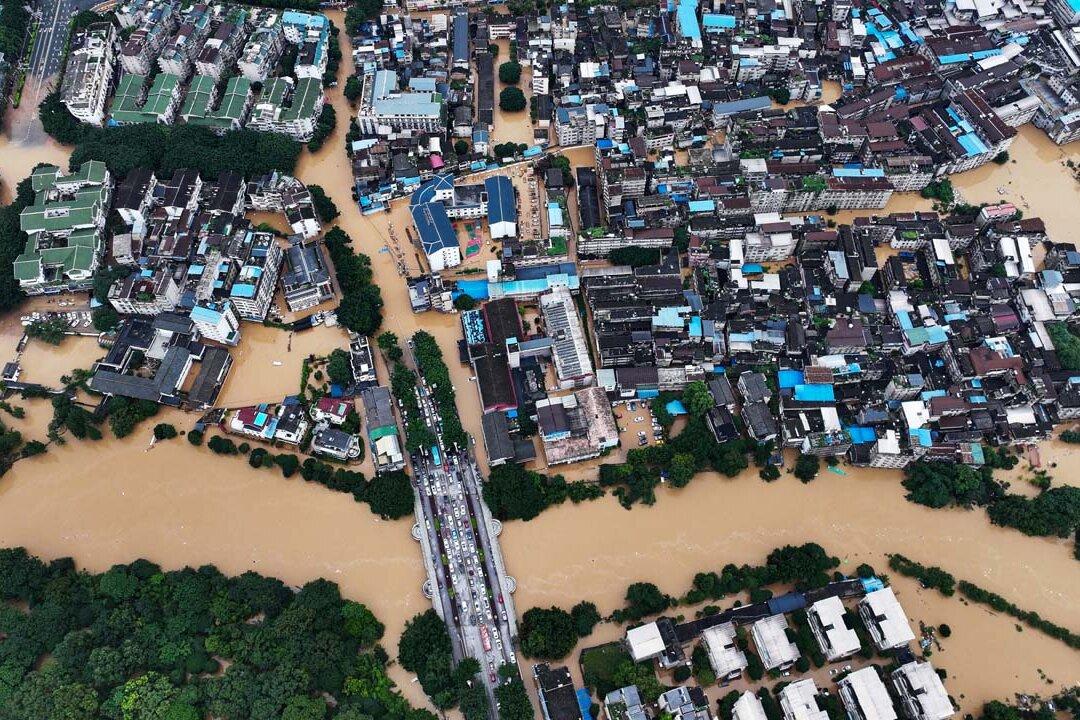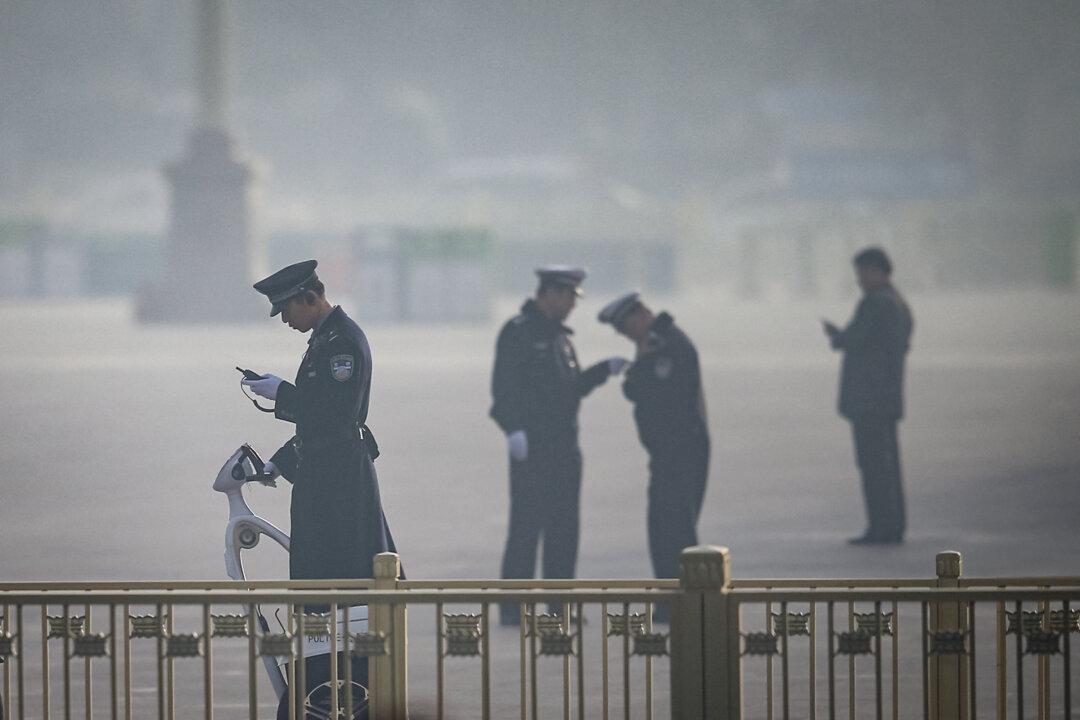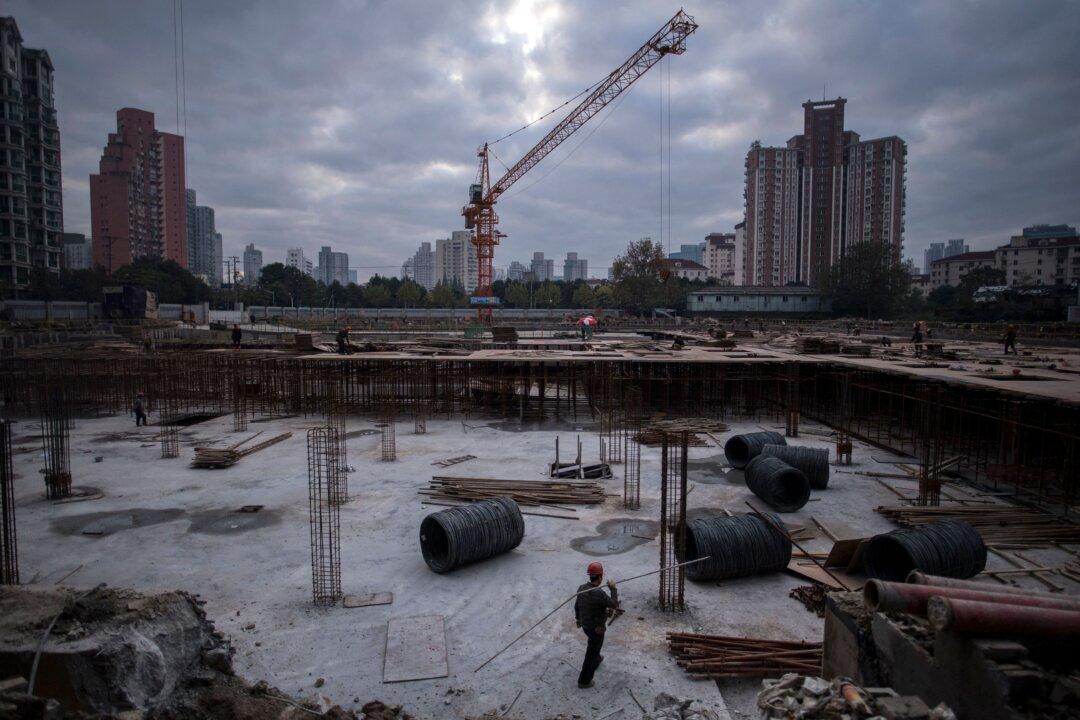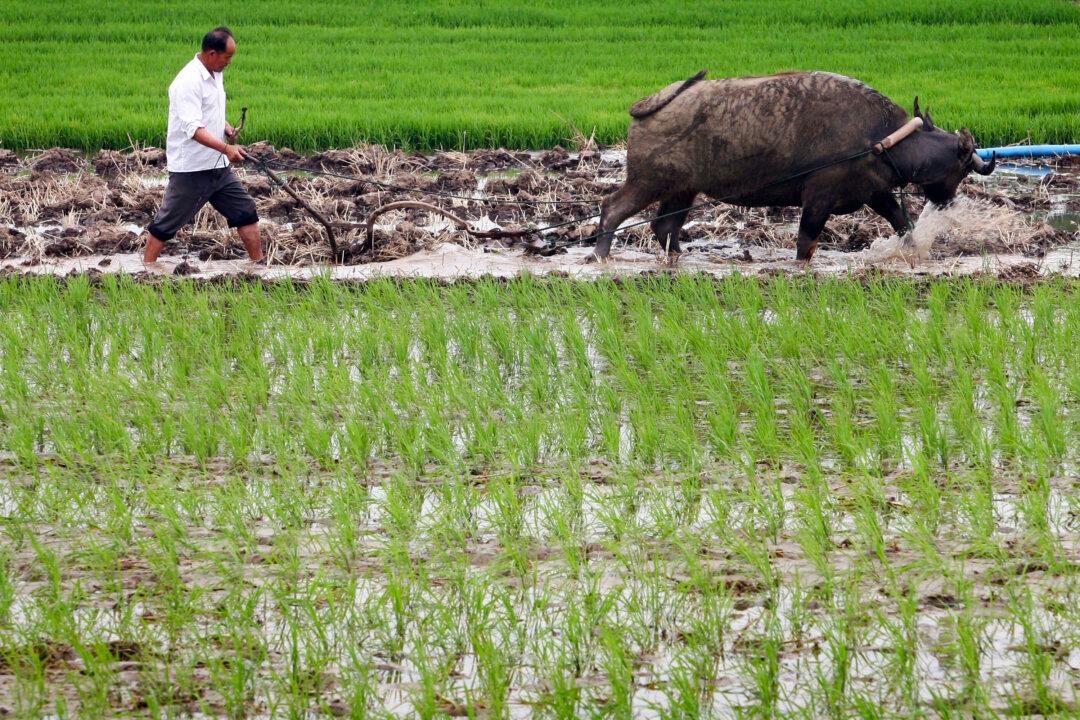Commentary
Catastrophic floods swept through southern China in June, causing substantial loss of life and property. Official reports indicate that the hardest-hit regions, including Guangdong, Guangxi, Fujian, and Anhui, were all hit with a once-in-a-1,000-year flood. Experts say the sudden release of reservoir water, which left unsuspecting downstream residents with insufficient time to evacuate, contributed to the casualties.





